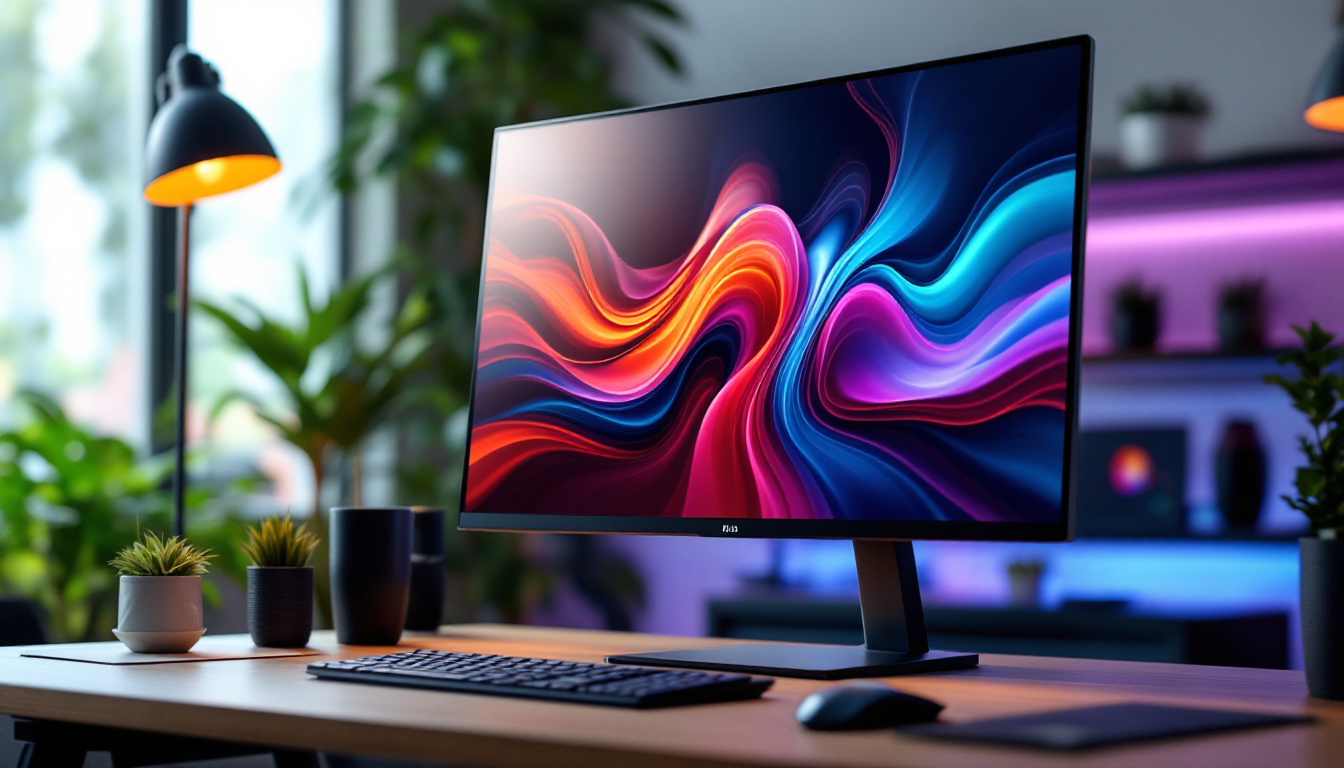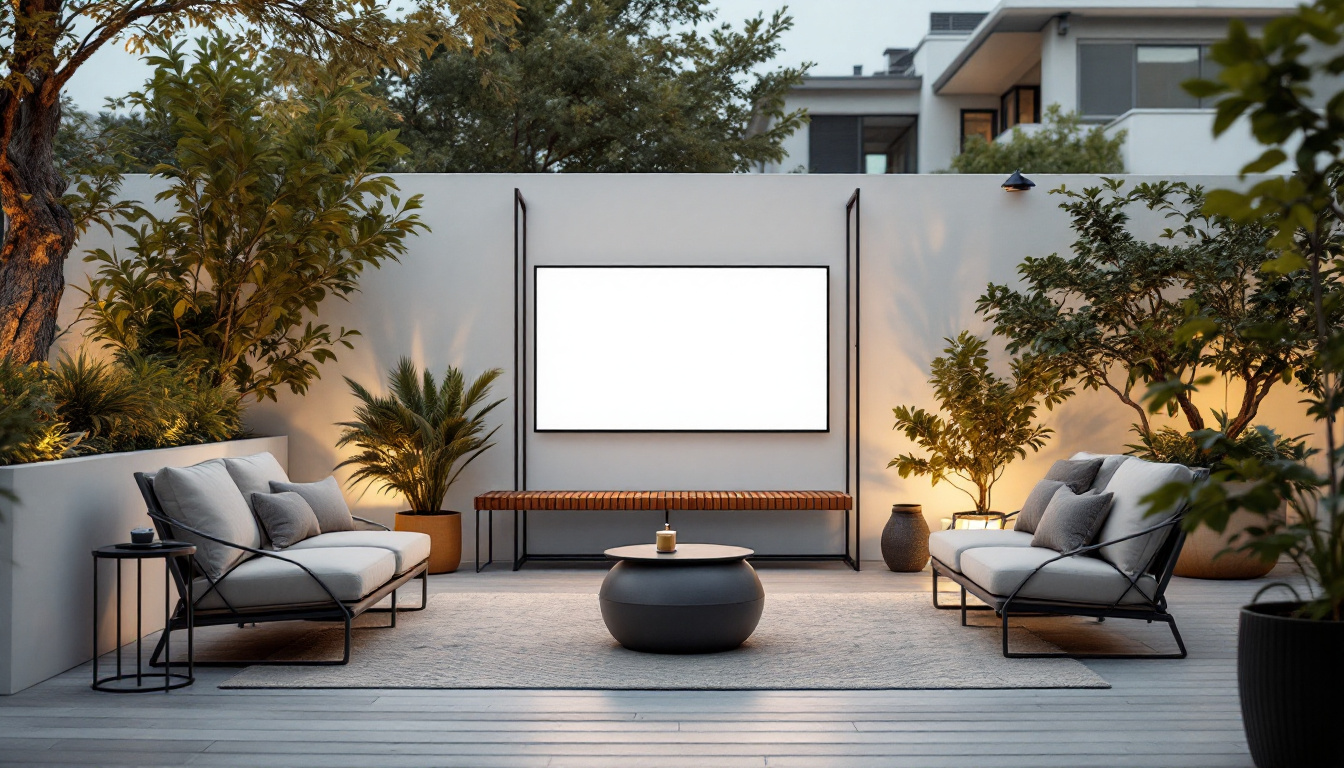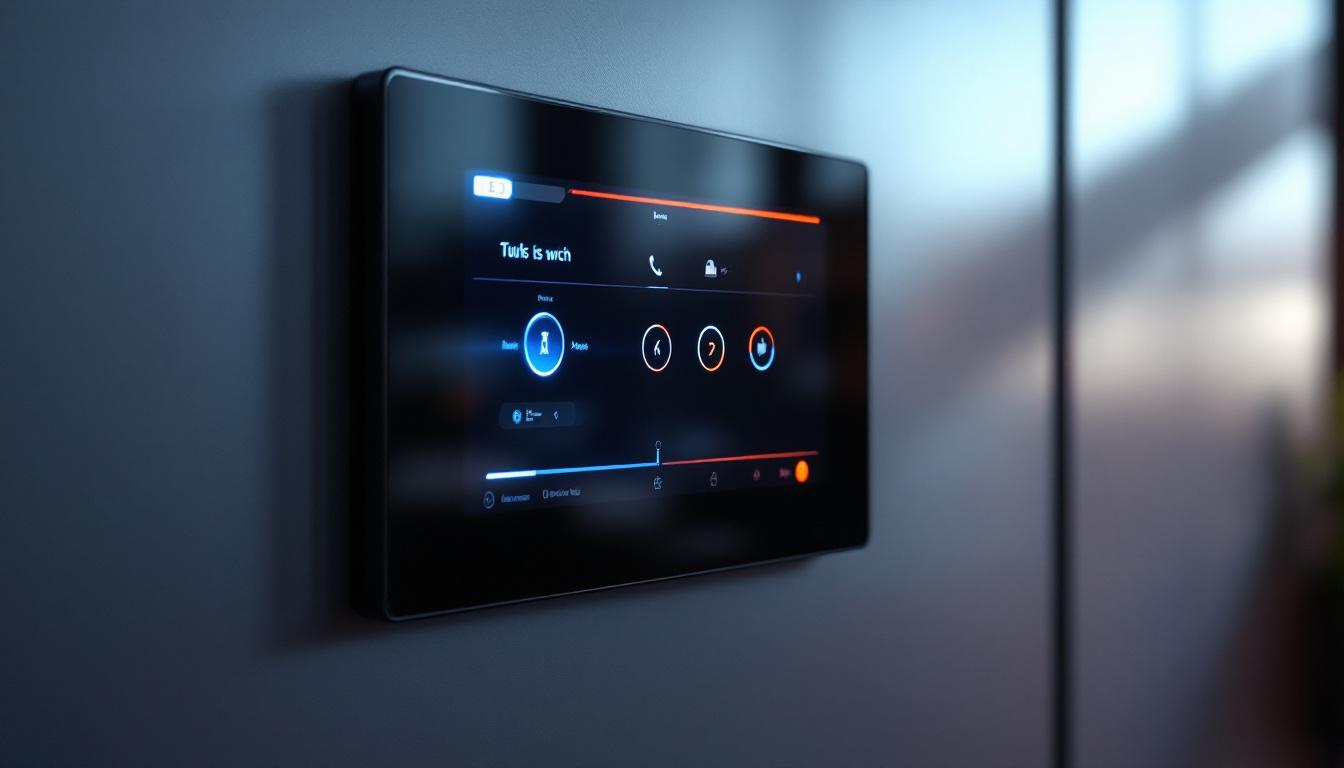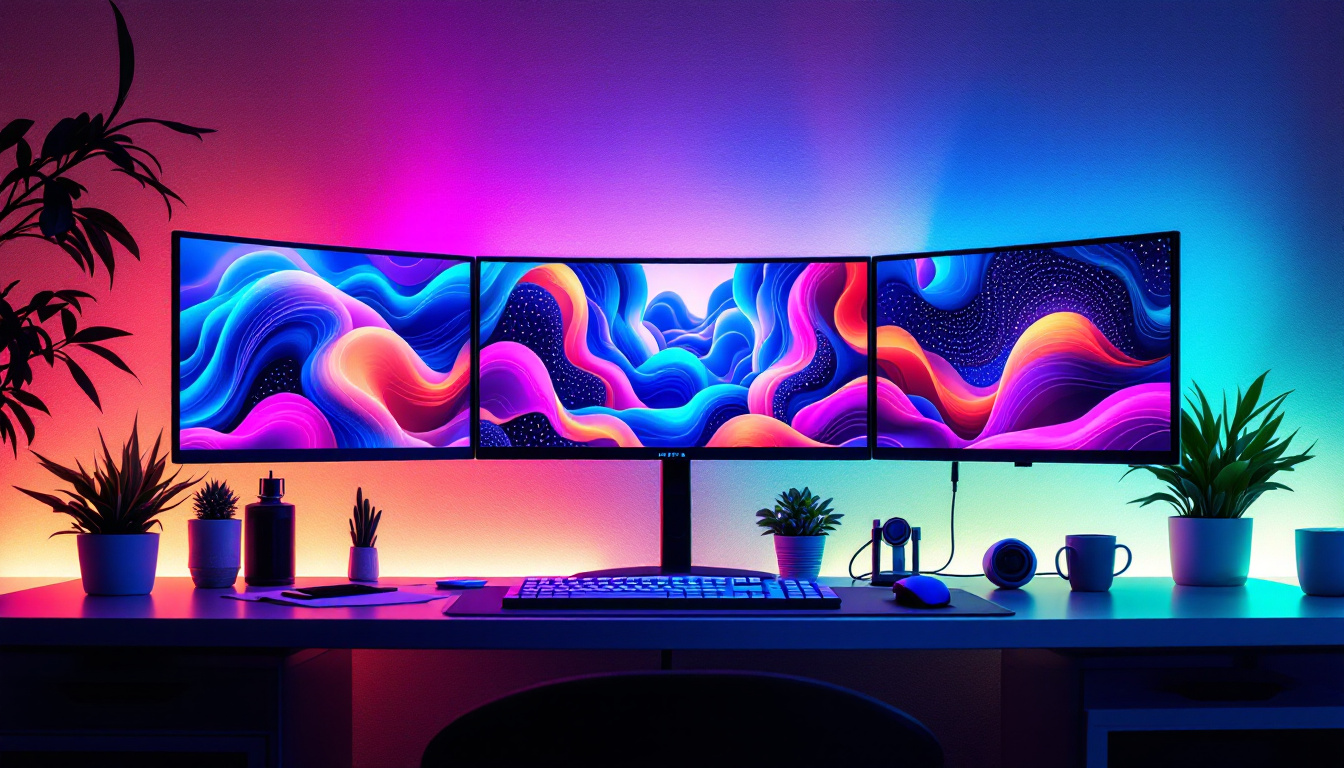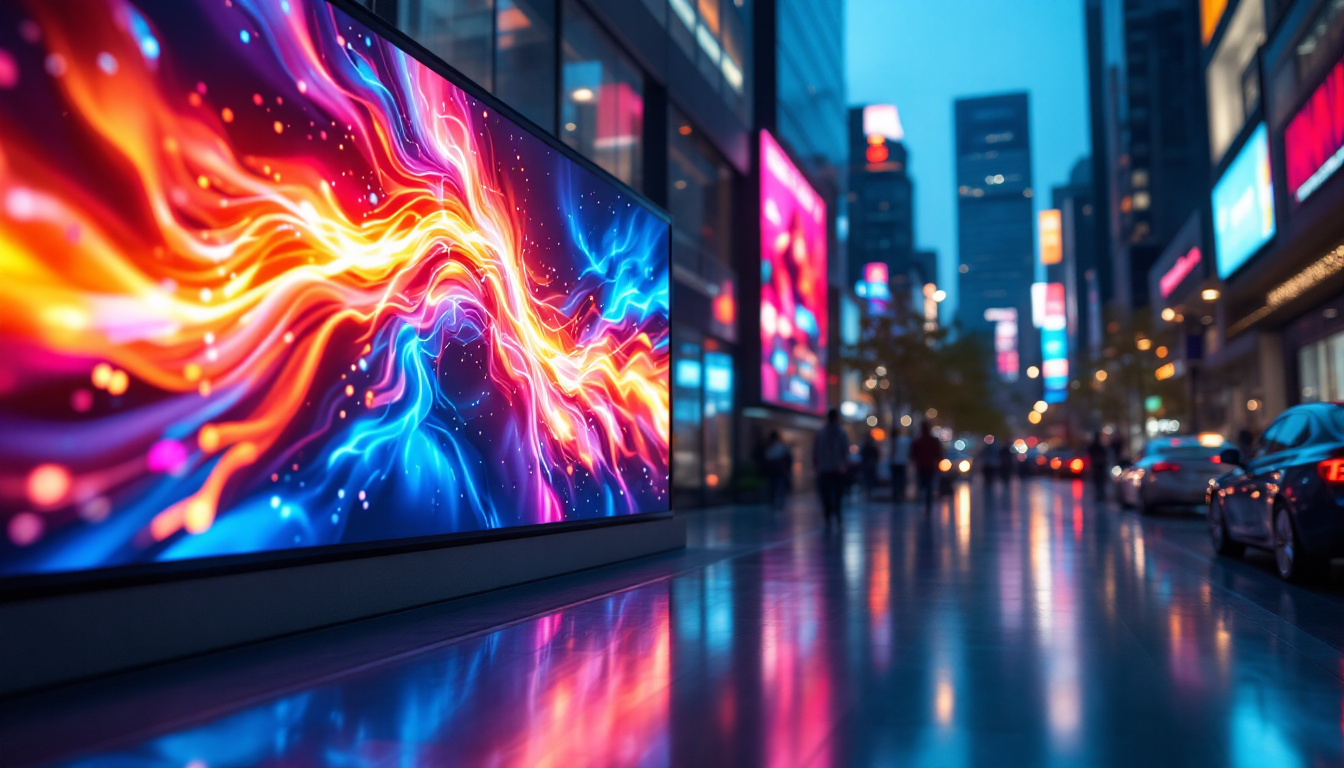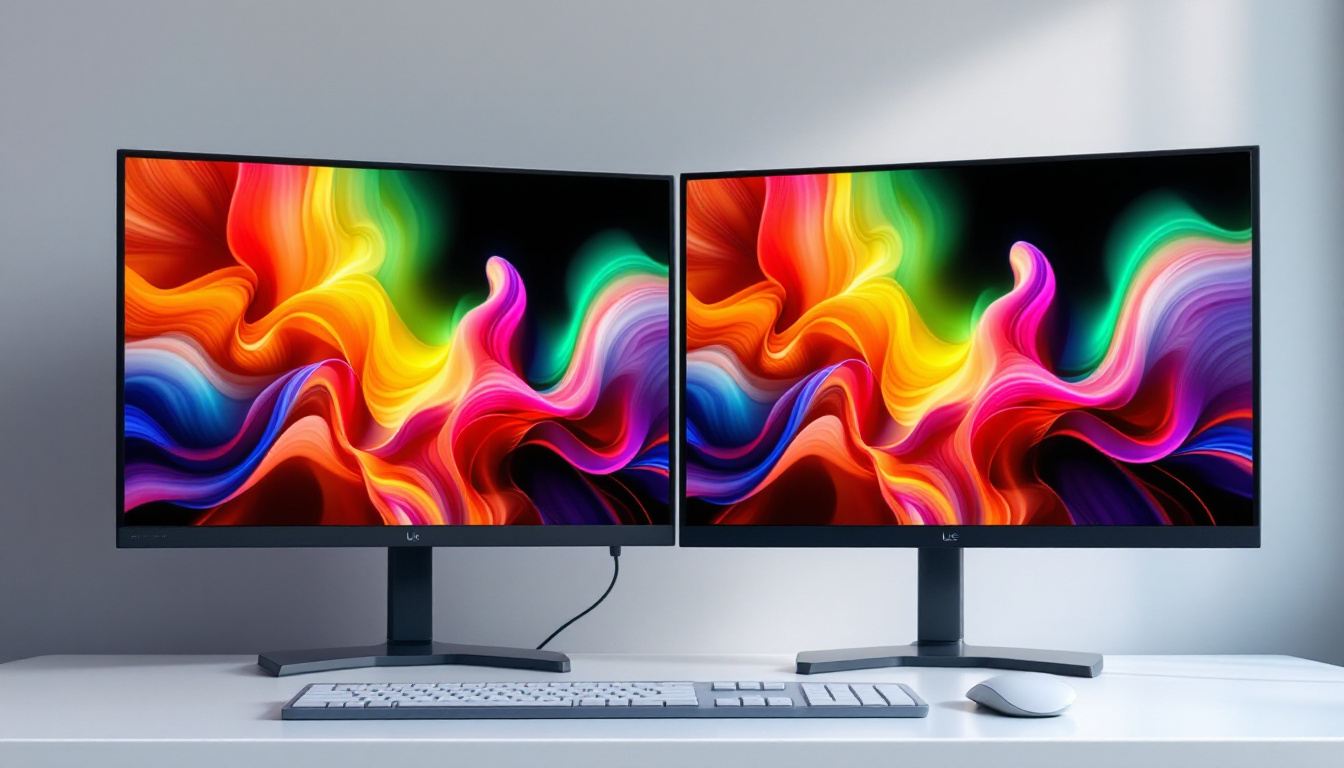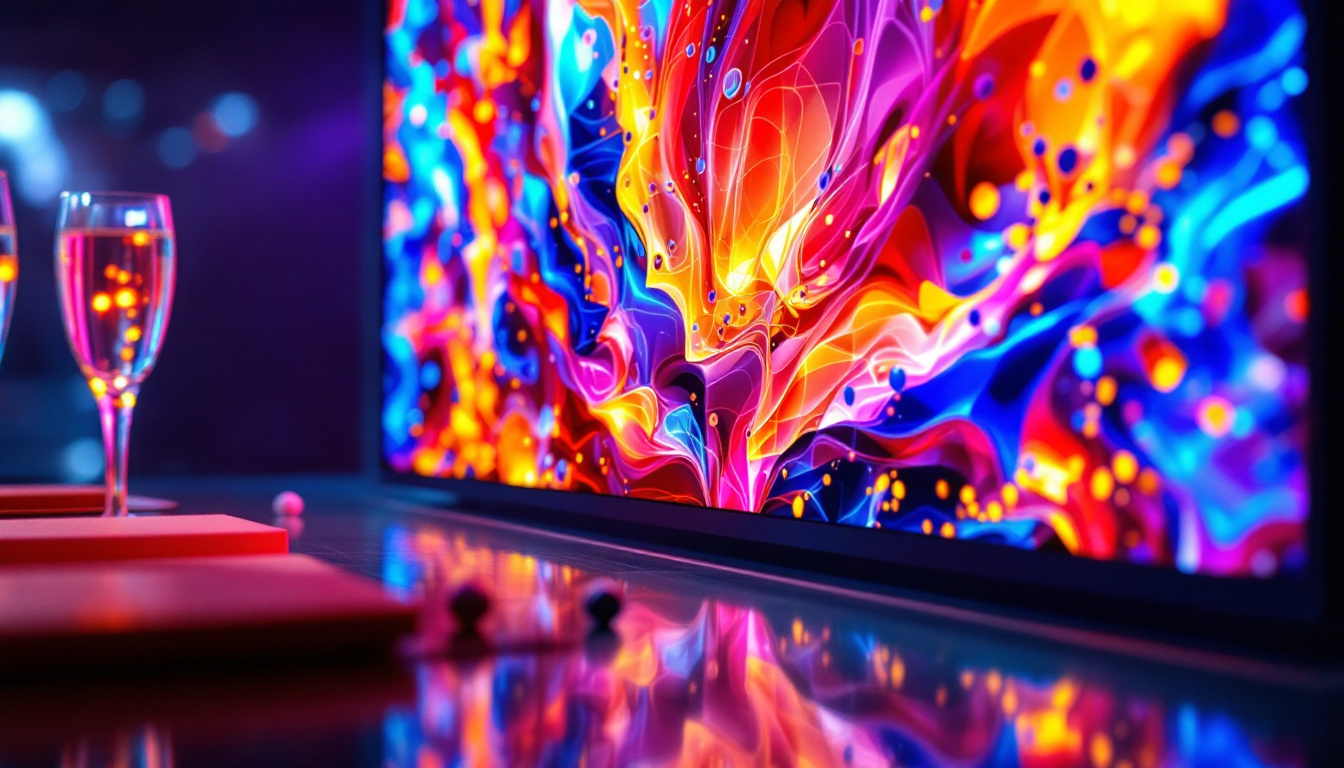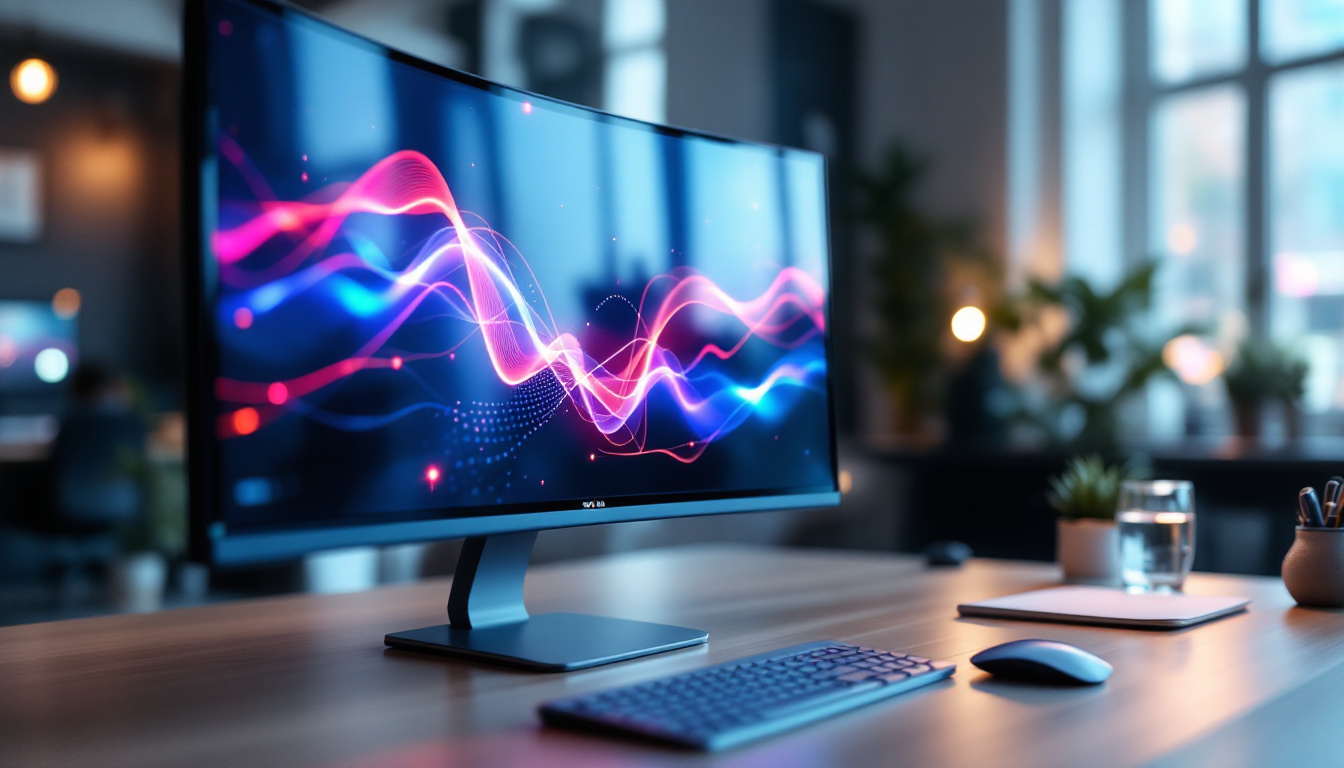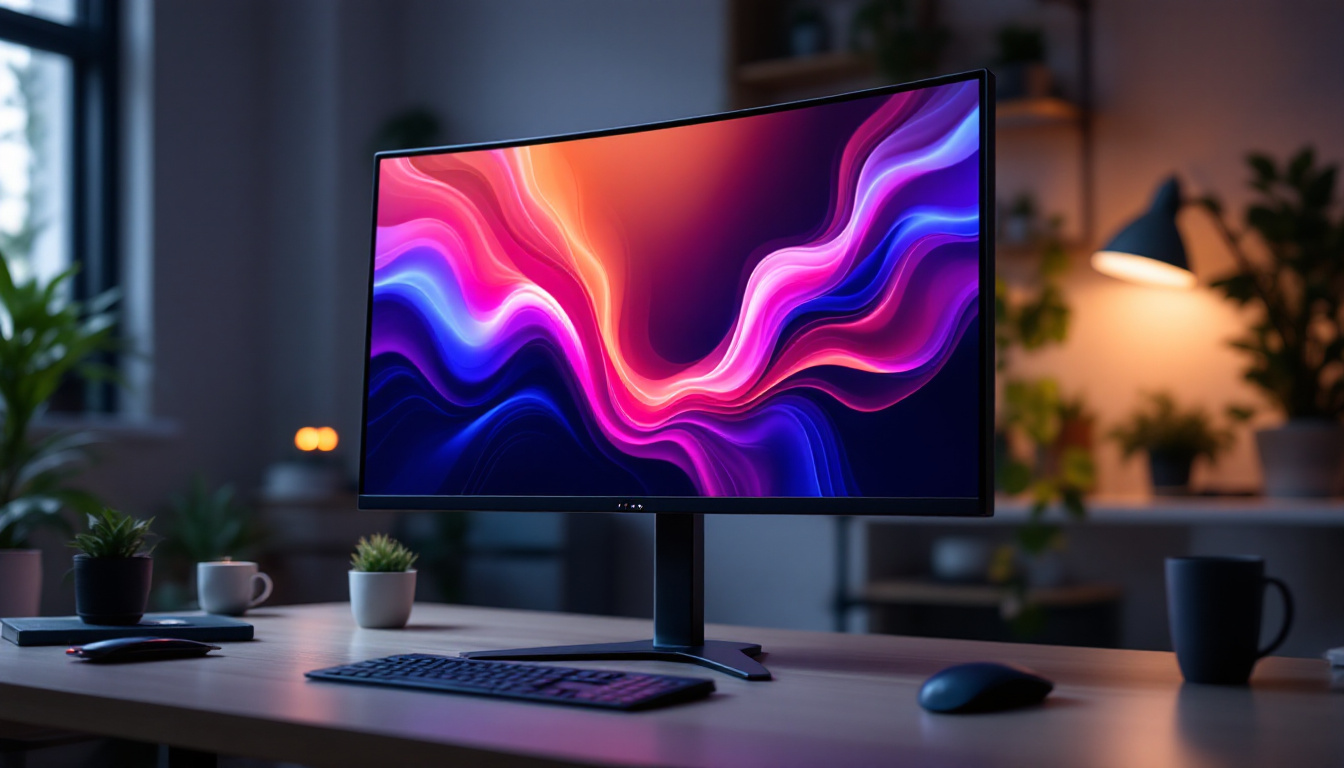Computer Monitor Stand: LED Display Explained
In the modern digital age, the importance of a well-structured workstation cannot be overstated. A computer monitor stand is not just a piece of furniture; it plays a crucial role in enhancing ergonomics, optimizing space, and improving the overall user experience. With the advent of LED displays, understanding how these monitors function and how they can be best utilized with appropriate stands is essential for both casual users and professionals alike.
Understanding LED Displays
LED (Light Emitting Diode) displays have revolutionized the way we view content on screens. Unlike traditional LCD monitors that rely on fluorescent backlighting, LED displays utilize tiny diodes to produce light, resulting in brighter images and more vivid colors. This technology not only enhances visual quality but also contributes to energy efficiency, making LED monitors a popular choice among consumers.
How LED Technology Works
At the core of LED technology is the principle of electroluminescence, where electrical current passes through a semiconductor material, emitting light. There are two main types of LED displays: edge-lit and backlit. Edge-lit displays have LEDs positioned along the edges of the screen, while backlit displays have a full array of LEDs behind the screen. This difference affects not only the brightness and contrast but also the thickness of the monitor.
Edge-lit monitors are generally slimmer and more energy-efficient, making them ideal for a sleek, modern aesthetic. However, backlit monitors often provide superior color accuracy and uniformity, which is particularly beneficial for graphic designers and video editors who rely on precise color representation. The choice between these two types often comes down to the intended use of the display, as well as personal preference regarding design and performance.
Benefits of LED Displays
The advantages of LED displays extend beyond mere aesthetics. One of the most significant benefits is their energy efficiency. LED monitors consume less power compared to their LCD counterparts, leading to lower electricity bills and a reduced carbon footprint. Additionally, they have a longer lifespan, often lasting up to 50,000 hours, which means fewer replacements and less electronic waste.
Moreover, LED displays offer faster refresh rates and response times, making them ideal for gaming and fast-paced video content. The improved contrast ratios and wider viewing angles also enhance the overall viewing experience, allowing users to enjoy content without distortion, regardless of their position relative to the screen. This is particularly advantageous in settings such as home theaters or large conference rooms, where multiple viewers may be seated at various angles. Furthermore, advancements in LED technology have led to innovations such as HDR (High Dynamic Range) capabilities, which allow for a broader spectrum of colors and improved brightness levels, further enriching the viewing experience.
In addition to these technical benefits, LED displays are also becoming increasingly versatile in their applications. From digital signage in retail environments to high-resolution displays for professional use in photography and film, the adaptability of LED technology is reshaping how information is conveyed visually. With the rise of smart technology, many LED displays now come equipped with smart features, allowing users to connect to the internet, stream content, and even control the display through voice commands. This integration of technology not only enhances functionality but also caters to the evolving needs of consumers in a digital age.
The Importance of Monitor Stands
While the technology behind LED displays is impressive, the way these monitors are positioned can significantly impact their usability and the comfort of the user. A monitor stand is essential for achieving optimal viewing angles, reducing neck strain, and improving posture. With the right stand, users can adjust the height, tilt, and rotation of their monitors, ensuring a more ergonomic setup.
Ergonomics and Comfort
Proper ergonomics is crucial in any workspace. An improperly positioned monitor can lead to discomfort and long-term health issues, such as neck pain, back pain, and eye strain. A monitor stand allows users to elevate their screens to eye level, reducing the need to hunch over or tilt their heads awkwardly. This simple adjustment can make a significant difference in overall comfort during long hours of work or gaming.
Furthermore, many modern monitor stands come with additional features such as cable management systems, which help keep the workspace tidy and organized. This not only enhances aesthetics but also minimizes distractions, allowing users to focus better on their tasks. Some stands even incorporate built-in USB hubs or wireless charging pads, providing convenient access to power and connectivity without adding clutter to the desk.
Space Optimization
In addition to improving ergonomics, monitor stands can help optimize desk space. Many stands are designed to provide additional storage options, such as shelves or compartments for accessories like keyboards, mice, and notebooks. This can be particularly beneficial in smaller workspaces where every inch counts.
By elevating the monitor, users can also utilize the space underneath for other items, effectively maximizing the available area. This organization can lead to increased productivity, as a clutter-free environment is known to enhance concentration and efficiency. Moreover, some monitor stands are adjustable in height and can be transformed into a standing desk, allowing users to alternate between sitting and standing throughout the day, which can further improve circulation and energy levels.
Additionally, the aesthetic appeal of a well-organized workspace should not be underestimated. A stylish monitor stand can serve as a focal point, enhancing the overall design of the office or home setup. With various materials and styles available—from sleek metal designs to rustic wooden finishes—users can choose a stand that complements their decor while also serving a functional purpose. This blend of form and function can contribute to a more enjoyable and inspiring work environment, encouraging creativity and productivity.
Choosing the Right Monitor Stand
When selecting a monitor stand, several factors should be considered to ensure it meets the user’s needs. The right stand will not only support the monitor’s weight but also provide the necessary adjustability and features for an optimal setup.
Weight Capacity and Compatibility
First and foremost, it is essential to check the weight capacity of the monitor stand. Different monitors have varying weights, and selecting a stand that can support the monitor is crucial for safety and stability. Most manufacturers provide specifications regarding the maximum weight capacity, so it’s advisable to refer to these guidelines before making a purchase.
Additionally, compatibility with VESA mounting standards is another important consideration. Many monitors come with VESA mounting holes, which allow them to be securely attached to stands or mounts. Ensuring that the chosen stand is compatible with the monitor’s VESA specifications can prevent potential issues and enhance usability.
Adjustability Features
Adjustability is a key feature in any good monitor stand. Look for stands that offer height adjustment, tilt, swivel, and rotation capabilities. These features allow users to customize their viewing experience, ensuring that the monitor is positioned at the most comfortable angle. Some stands even come with gas spring mechanisms, enabling smooth and effortless adjustments.
Furthermore, consider the range of motion provided by the stand. A stand that allows for both vertical and horizontal adjustments can be particularly beneficial for multi-monitor setups, where alignment is crucial for a seamless experience.
Popular Types of Monitor Stands
There are several types of monitor stands available, each catering to different needs and preferences. Understanding these options can help users make an informed decision based on their specific requirements.
Desk Stands
Desk stands are the most common type of monitor stands. They are typically adjustable and can be placed directly on a desk or table. These stands come in various designs, from simple platforms to more complex models with built-in storage solutions. Desk stands are ideal for users who prefer a straightforward setup without the need for extensive installation.
Many desk stands also feature cable management systems, which help keep cords organized and out of sight. This can contribute to a cleaner workspace and reduce the risk of tangling or tripping hazards.
Wall Mounts
For those looking to save desk space, wall mounts are an excellent option. These mounts allow the monitor to be attached directly to the wall, freeing up valuable surface area. Wall mounts are particularly popular in professional environments where multiple monitors are used, as they can be arranged in a way that maximizes visibility and accessibility.
When considering wall mounts, ensure that the wall can support the weight of the monitor and that the mount is compatible with the monitor’s VESA specifications. Installation may require additional tools and expertise, so it’s advisable to consult a professional if unsure.
Adjustable Arms
Adjustable arms offer a high level of flexibility and customization. These stands typically attach to the back of the desk and allow the monitor to be suspended in mid-air. Users can easily adjust the height, tilt, and rotation of the monitor, providing an ergonomic viewing experience.
Adjustable arms are particularly beneficial for users who frequently switch between tasks or need to reposition their monitors for collaborative work. They also help create a clean and modern look, as the desk remains uncluttered without bulky stands taking up space.
Conclusion
In conclusion, the combination of a computer monitor stand and an LED display can significantly enhance the user experience, whether for work, gaming, or leisure. Understanding the technology behind LED displays and the importance of ergonomic setups is crucial for maximizing comfort and productivity. With a variety of monitor stands available, users can find the perfect solution to meet their needs, ensuring that their workspace is not only functional but also aesthetically pleasing.
Investing in a quality monitor stand tailored to the specific requirements of the user will lead to a more enjoyable and efficient computing experience. As technology continues to evolve, staying informed about the best practices for monitor usage and setup will ensure that users can fully leverage the capabilities of their LED displays.
Enhance Your Visual Experience with LumenMatrix
Ready to elevate your workspace and visual engagement? Discover the innovative world of LumenMatrix’s LED display solutions. As a pioneer in LED technology, LumenMatrix offers an extensive range of products, from Indoor and Outdoor LED Wall Displays to specialized solutions like Vehicle LED Displays and LED Sports Displays. Each product is designed to create immersive visual experiences that captivate your audience and communicate your message with unparalleled clarity. Whether you’re looking to enhance your brand visibility or transform your environment with cutting-edge digital signage, LumenMatrix has the perfect LED solution for you. Check out LumenMatrix LED Display Solutions today and see the difference for yourself.

